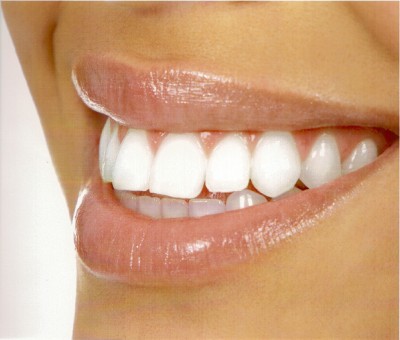Recent Studies on Teeth Whitening Solutions
Published:April 17th, 2011 Leen Hansen, professor emeritus at Brigham Young University tried to discover if there is any truth in the assumption that heat from the light used in laser teeth whitening procedures can serve as a catalyst that would decompose the bleaching gel. What he found was that the lights could not generate enough heat to give off enough UV light so that the chemical reaction could be accelerated.
Leen Hansen, professor emeritus at Brigham Young University tried to discover if there is any truth in the assumption that heat from the light used in laser teeth whitening procedures can serve as a catalyst that would decompose the bleaching gel. What he found was that the lights could not generate enough heat to give off enough UV light so that the chemical reaction could be accelerated.
A group of researchers at Clinical Research Associates also tried a combination of bleach and light on a small group of people. After comparing two groups, one which only used gel and the other added the light, the researchers saw that all the teeth became whiter and no difference could be seen between the two groups.
What in-office light bleaching can offer is a time advantage. Dentists however disagree. They say there are strong clinical studies that show that there is a significant statistical difference in light versus no light. Such studies use an instrument that measures 16 points of colour.
A patient can choose in office bleaching by a dentist, take-home trays or whitening strips that are bought over the counter. The mechanism behind all these options is the same. How long it takes to obtain the desired effect is where the difference lies. With stronger concentrations of hydrogen peroxide, the effect of bleaching is faster.
Quick results mean higher concentration of peroxide, according to these experts. Patients who have more time or are more sensitive to chemical substances, are better off with tray-bleachings or strips.


Write a Comment of Recent Studies on Teeth Whitening Solutions